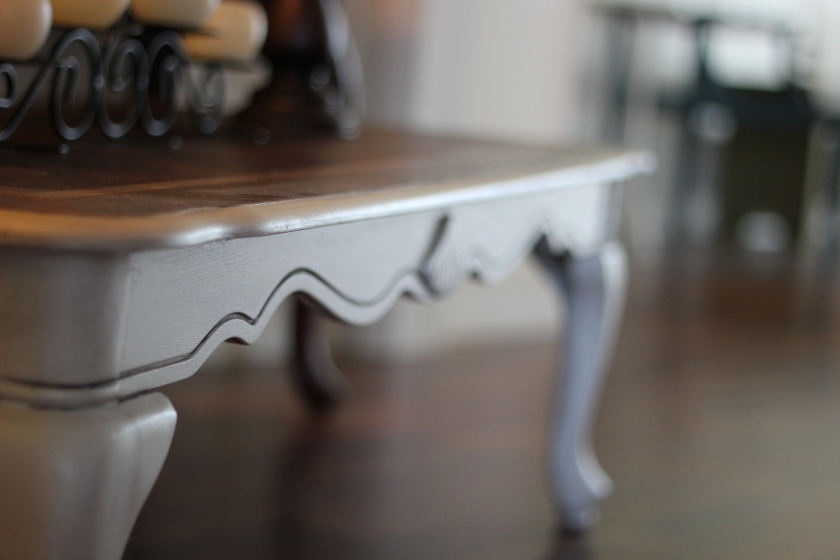Walnut European Fountain Pen
I purchased a European fountain pen kit from my local Woodcraft store, along with all the supplies to turn the pen (bearings, drill bit, reamer). This is a pretty cool kit since its compatible with the 7mm mandrel (this is the same mandrel for turning slimline pens). I really wish these kits came with instructions. You can download the instructions from Woodcraft’s web site, but it would be more convenient if you didn’t have to print them yourself (especially those of us who don’t have printer ink at home). The only difference in turning this pen and a slimline is the fact that you have to remove material for the cap hardware.










